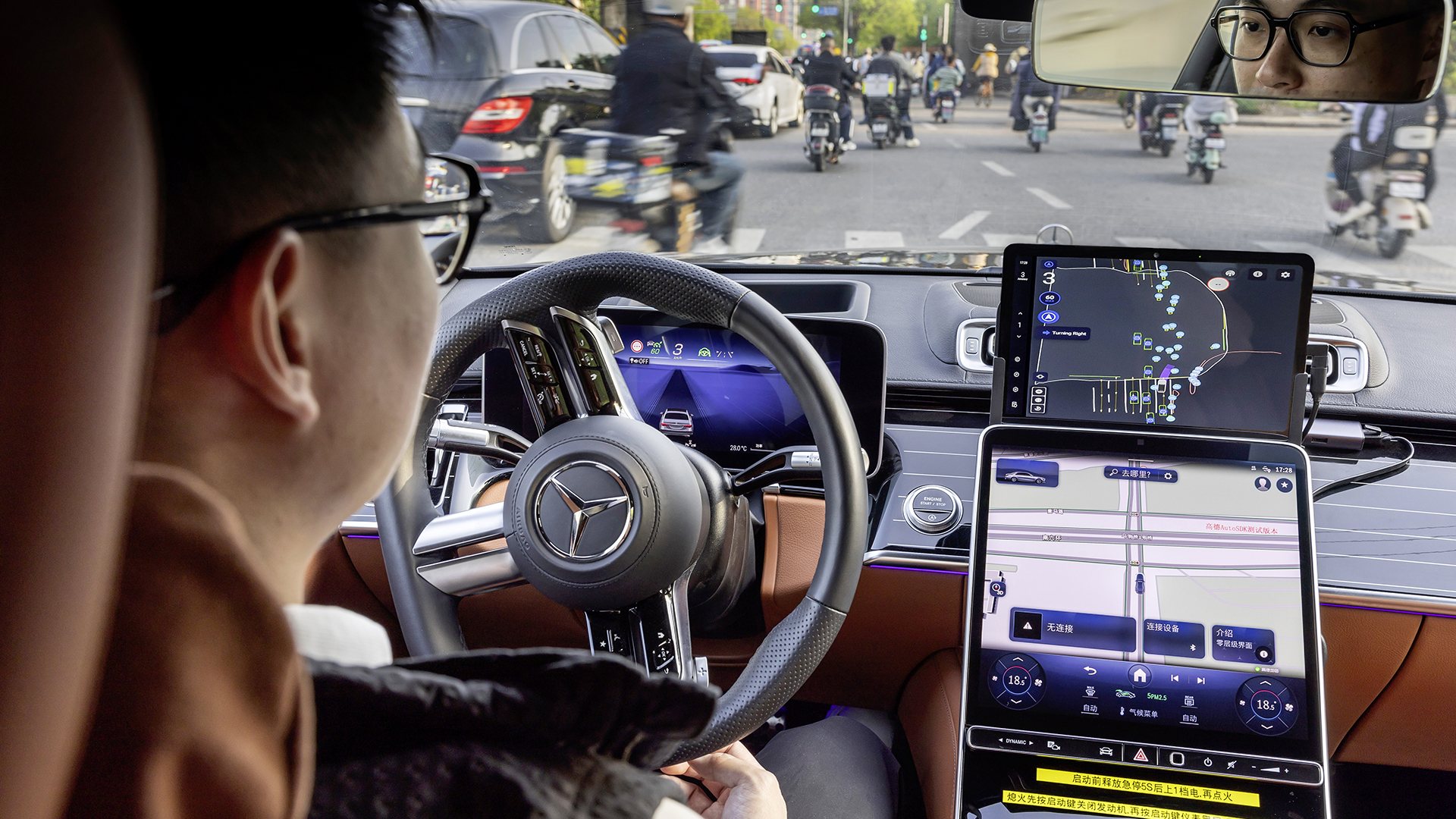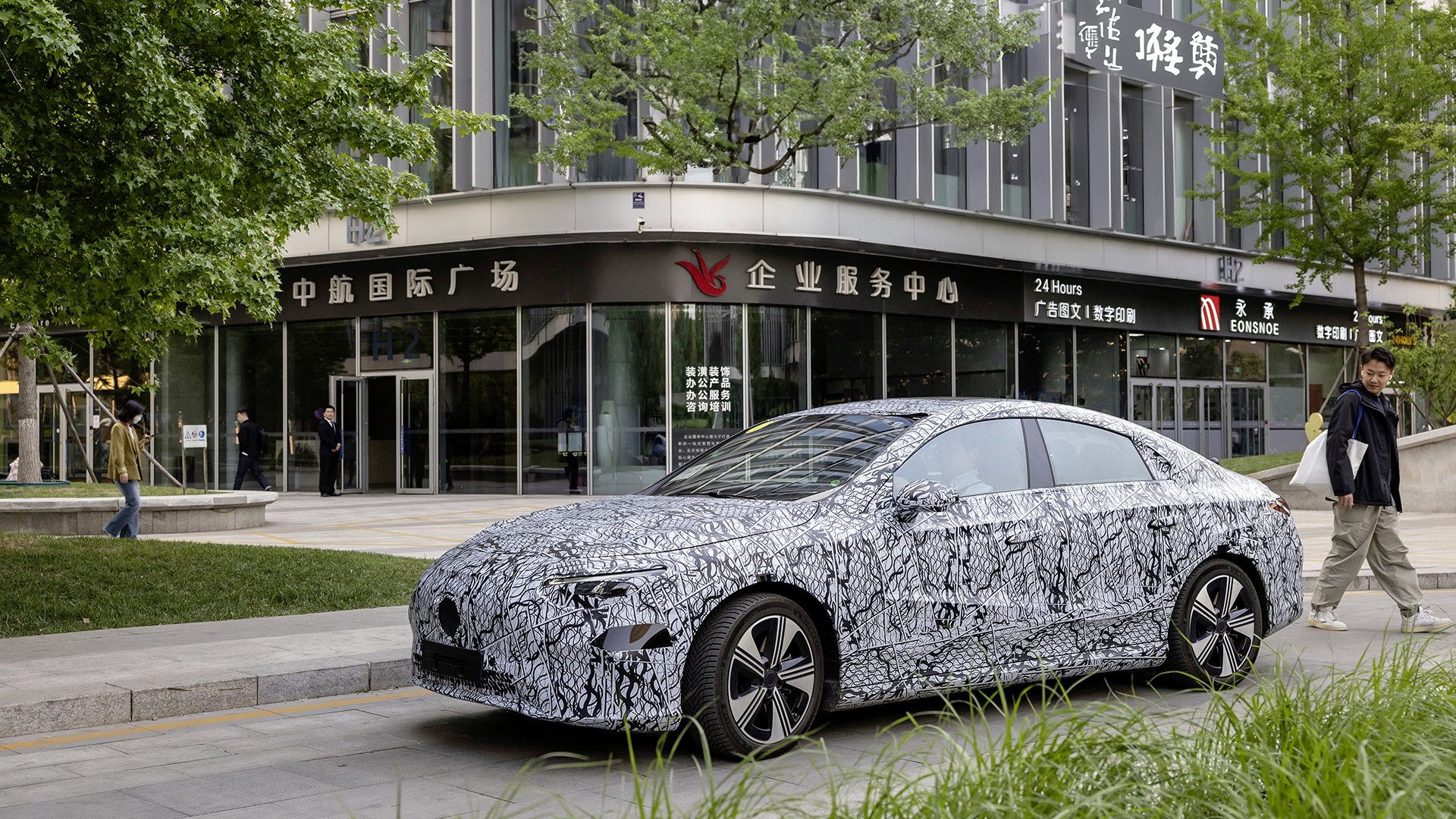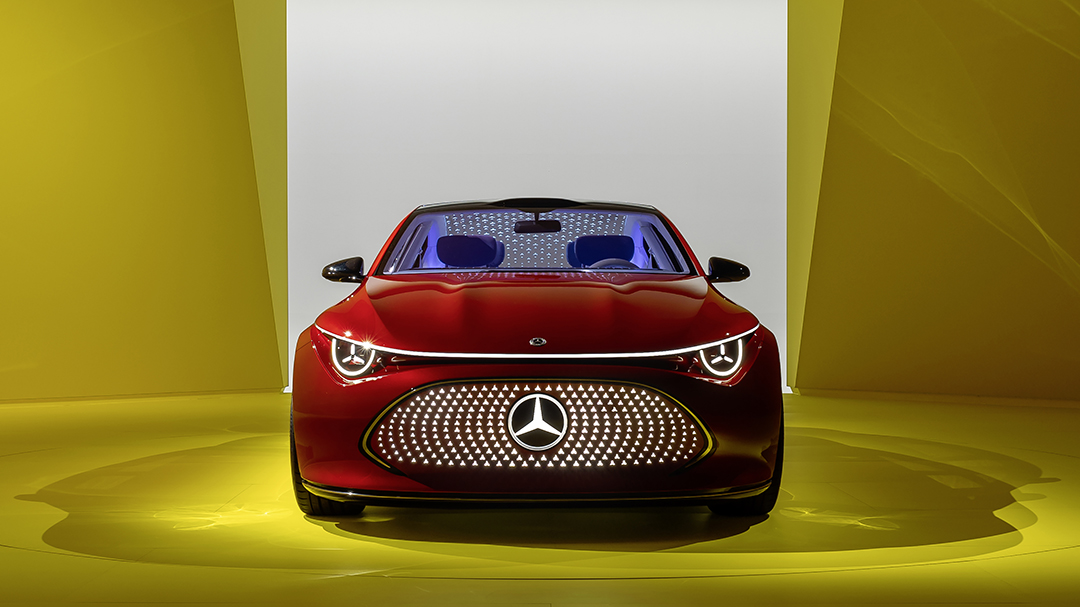I tried Mercedes’ new autonomous driving in busy city streets – it's mind-blowing
The advanced level 2 system makes city driving effortless, even on chaotic commutes


Mercedes Benz has been working on its Level 3 driving for some time and its motorway abilities are impressive. However, the biggest challenge for manufacturers is in urban environments. So when I was offered the chance to experience its advanced autonomous system through the streets of one of the world’s biggest cities, I jumped at the chance.
Described as a Level 2 ‘plus plus’ system, the technology provides full city driving, without touching the brake or accelerator. And while you will need to keep your hands on the wheel – and remain alert – it will steer you through junctions, left and right turns, traffic lights and even u-turns.
The best thing is this system isn’t just a development tool, it’s going to be available on launch for the first MMA platform Mercedes models in 2025 (in permitted markets). That means that anyone buying the Mercedes CLA in China or the United States will be able to use the system – it could also be available in Germany, but UK authorisation is still a way off.
To experience the new tech, Oliver Löcher, head of Research and Development for Mercedes-Benz China, took me for a drive through Beijing to show me what it can do. The test car looked like a standard S-Class model, but this so-called ‘mule car’ was running a prototype version of the new technology via an additional screen mounted above the standard central display.

A Mercedes test car in Beijing
The system can run using the same standard sensors that are already in Mercedes-Benz models – the choice of LiDar is optional here. Setting off from the Mercedes-Benz China research and development centre, the route was entered into the navigation as normal and commenced. The car was then placed into its Level 2 driving mode, much like you would for the current adaptive cruise control systems.
On the development MB.OS display, the system shows you all additional road users, from cars and lorries to bikes and pedestrians. It also shows the structure of the road through simplistic markings. According to Mercedes, this is a mapless system, instead using the data from the car's cameras and sensors to plot the road, making this easily scalable to any location.
Beyond the plotted area closest to the car on the map, the system highlights an area that it is still processing, which can change size depending on the complexity of the environment. Typically junctions or turnings would be highlighted until you get closer to them. The system can handle a wide range of movements to mimic those performed by a driver on a regular route. It will stop at traffic lights, give way at junctions and roundabouts and avoid obstacles in the road. It can also cope with other cars cutting in, or allow you to cut into traffic. The system is designed to behave much like a mature driver, making decisions based on the movements of other road users.
Get all the latest news, reviews, deals and buying guides on gorgeous tech, home and active products from the T3 experts

The Mercedes CLA will be the first on the new MMA platform
This is designed to be a level 2 system, so you remain in charge of the vehicle at all times and have to keep your hands on the wheel otherwise the system will give you warnings and eventually bring the car to a stop. However, for this test, the driver was able to take his hands off the wheel so I could see exactly what the car was doing.
Driving through the streets of Beijing is about as challenging a task that you could throw at an automated driving system – or any driver, to be fair. Electric scooters zip between cars, sometimes in the wrong direction, cars weave in and out, flowing through junctions like shoals of fish with constant negotiations between drivers as to who goes first.
For the majority of the drive, the system took this in its stride. It performed protected and unprotected turns (with and without lane filters) with ease, changed lanes to overtake and position for upcoming turns, pulled out of junctions into gaps in traffic and came to a stop at traffic lights. Only on a few occasions did the system seem overly cautious, like when a truck cut late across our path at a traffic light, and when a car edged out of a function but a solid line in the centre of the road stopped us going around it. The system is still learning though, and will improve how it handles situations thanks to crowd-sourced data from across the Mercedes network.

S-Class 'Mule Cars' outside the Mercedes Tech Centre China
What was clear from the drive was that this has the potential to work as a Level 3 autonomous drive with a little more training. Not once did the driver have to take over the controls during our 20-minute drive. If the system can deal with the complex Beijing traffic, I have no doubt it could do laps of London and breeze through Bath.
Despite still being a year away from launch, this system is easily as capable as Tesla’s autopilot or Waymo’s self-driving. Even in this Level 2 form, this will allow for a more relaxed commute with complete point-to-point automated driving.
The only problem I foresee with such a system is that the way the tech behaves may differ from how you would naturally drive, causing you to override the actions and retake control. With a Level 3 system, or even a Level 2 advanced system where your hands are off the wheel, you are less likely to override the system, as you’d need to move to do so. BMW and Ford both offer Level 2 systems without hands on the wheel – if that approach is used here, I feel it will have a better chance of gaining the trust of its drivers.
I look forward to seeing how the interface for this system integrates with the Mercedes navigation. I hope it will give a graphical representation of the street ahead like we’ve seen on Tesla and Lotus models. Overall though, this is yet another reason to be excited for the changes that the new MB.OS and the MMA platform will bring from 2025.

As T3's Editor-in-Chief, Mat Gallagher has his finger on the pulse for the latest advances in technology. He has written about technology since 2003 and after stints in Beijing, Hong Kong and Chicago is now based in the UK. He’s a true lover of gadgets, but especially anything that involves cameras, Apple, electric cars, musical instruments or travel.